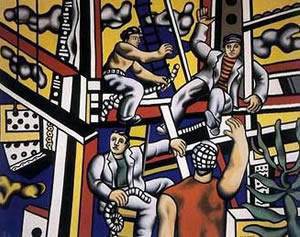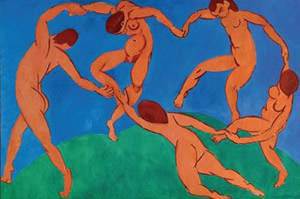
Henri Matisse, The Dance, 1910. Oil on canvas, 260 x 391 cm. The State Hermitage Museum, St Petersburg. Photo The State Hermitage Museum, St Petersburg
© Succession H. Matisse/DACS 2007
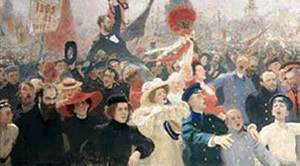
Ilya Repin, Manifesto of October 17th, 1905, 1911. Oil on canvas, 184 x 323 cm. State Russian Museum, St Petersburg. Photo © State Russian Museum, St Petersburg
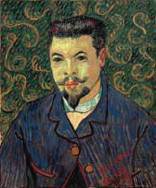
Vincent Van Gogh, Portrait of Doctor Rey, 1889. Oil on canvas, 64 x 53 cm. Pushkin State Museum of Fine Arts, Moscow. Photo © Pushkin State Museum of Fine Arts, Moscow
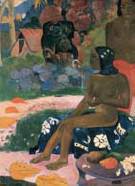
Paul Gauguin, Her Name was Vairaumati, 1892. Oil on canvas, 91 x 68 cm. Pushkin State Museum of Fine Arts, Moscow. Photo © Pushkin State Museum of Fine Arts, Moscow
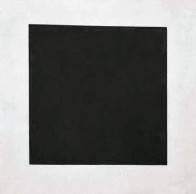
Kazimir Malevich, Black Square, c. 1923. Oil on canvas, 106 x 106 cm. State Russian Museum, St Petersburg. Photo © State Russian Museum, St Petersburg
FROM RUSSIA: FRENCH AND RUSSIAN MASTER PAINTINGS 1870-1925 FROM MOSCOW AND ST. PETERSBURG
After almost two months of negotiations, the Russian Federal Agency for Culture and Cinematography finally approved the loan of a spectacular group of works of Art for the exhibition “From Russia: French and Russian Master Paintings 1870 – 1925 from Moscow and St. Petersburg”, at the Royal Academy of London, January 26th – April 18 2008
]]>
In a press note, the Royal Academy said: “The Royal Academy of Arts is absolutely delighted that the long process of negotiation over the future of our ‘From Russia’ exhibition has now been satisfactorily completed, thanks to the enormous help and close collaboration which the Royal Academy has received from the Department for Culture, Media and Sport, the Federal Agency for Culture and Cinematography, the Russian Embassy in London and the British Embassy in Moscow as well as the four Russian State Museums. We are grateful to them all.’
THE EXHIBITION
Selected from Russia’s premier museums, this exhibition will be a testimony to the glorious history of Russian collecting and Russia’s influence in the development of modern art. The ground-breaking yet individual tastes of collectors Pavel Tretyakov, Sergei Shchukin and Ivan Morosov will be illustrated in the collections they bequeathed to Moscow and St. Petersburg. The exhibition will be structured around four main themes starting with a presentation of works by the Russian realists, namely the Wanderers, an important group of Russian artists who broke away from the St Petersburg Academy and focused on Russian landscape, contemporary social issues, scenes from traditional peasant life and Russian history. Works by Ilya Repin, Ivan Kramskoy, Isaak Levitan, Valentin Serov and Mikhail Nesterov and others will be shown with paintings by French artists of the Barbizon school such as Théodore Rousseau, Charles Daubigny and Jean-François Millet as well as the Salon painters Jules Bastien-Lepage and Albert Besnard.
The second section of the exhibition will display not only masterpieces from the two great Moscow collections, those of Ivan Morosov and Sergei Shchukin, but also demonstrate their differing points of emphasis. These two Moscow textile merchants were, without doubt, the most brilliant and daring
Russian collectors of their day. They scoured Paris for paintings by the Impressionists and Post-Impressionists and accumulated works by Monet, Renoir, Cézanne, Van Gogh, Gauguin, Matisse and Picasso. Shchukin became Matisse’s greatest patron, commissioning the celebrated The Dance as part of an astonishingly bold scheme to decorate the grand staircase of his Moscow mansion. The Dance will be perhaps the most sensational highlight of the exhibition and shown here in Gallery III.
The third section of the exhibition will be devoted to the famous theatrical impresario and exhibitionmaker Sergei Diaghilev, who was at the forefront of the World of Art movement. He played a vital role not only in presenting modern French art in Russia but also in taking Russian art to the West, particularly in Paris. Vasily Kandinsky drew on the imagery of Russian fairy tales and combined it with Fauvist colour as a starting point for his daring steps towards abstraction, and Marc Chagall adapted elements of French Cubism to his highly individual and poetic distillation of Russian-Jewish folklore. Artists presented in this section of the exhibition will also include Alexander Benois and Leon Bakst, Boris Kustodiev, Nochiolas Roerich, Alexander Golovinund Valentin Serov as well as a selection of impressive portraits of great figures of Russian cultural life such as Vsevolod Meyerhold, Feodor Chaliapin and Anna Akhmatova.
Cross-currents between Russian and French art were particularly fertile in the early twentieth century. The final section of the exhibition will encompass the exhilarating kaleidoscope of rapidly succeeding artistic developments. Mikahail Larionov and Natalia Goncharova responded to both the French Post- Impressionists, particularly Cézanne and Gauguin, and the vigour of Russian folk art in their unique Neo-Primitive style. Bold reinterpretations of Cubism, as well as Italian Futurism, resulted in the brilliant Cubo-Futurist works by Jean Pougny, Pavel Filonov and a remarkable group of experimental women artists including Olga Rozanova, Lyubov Popova and Alexandra Exter. Included will be Vladimir Tatlin’s ground-breaking three-dimensional constructions which heralded the advent of Constructivism and Kazimir Malevich’s celebrated triptych Black Square, Black Circle, and Black Cross rejecting all forms of pictorial tradition and an icon of the purely abstract style of Suprematism.
Follow us on:


